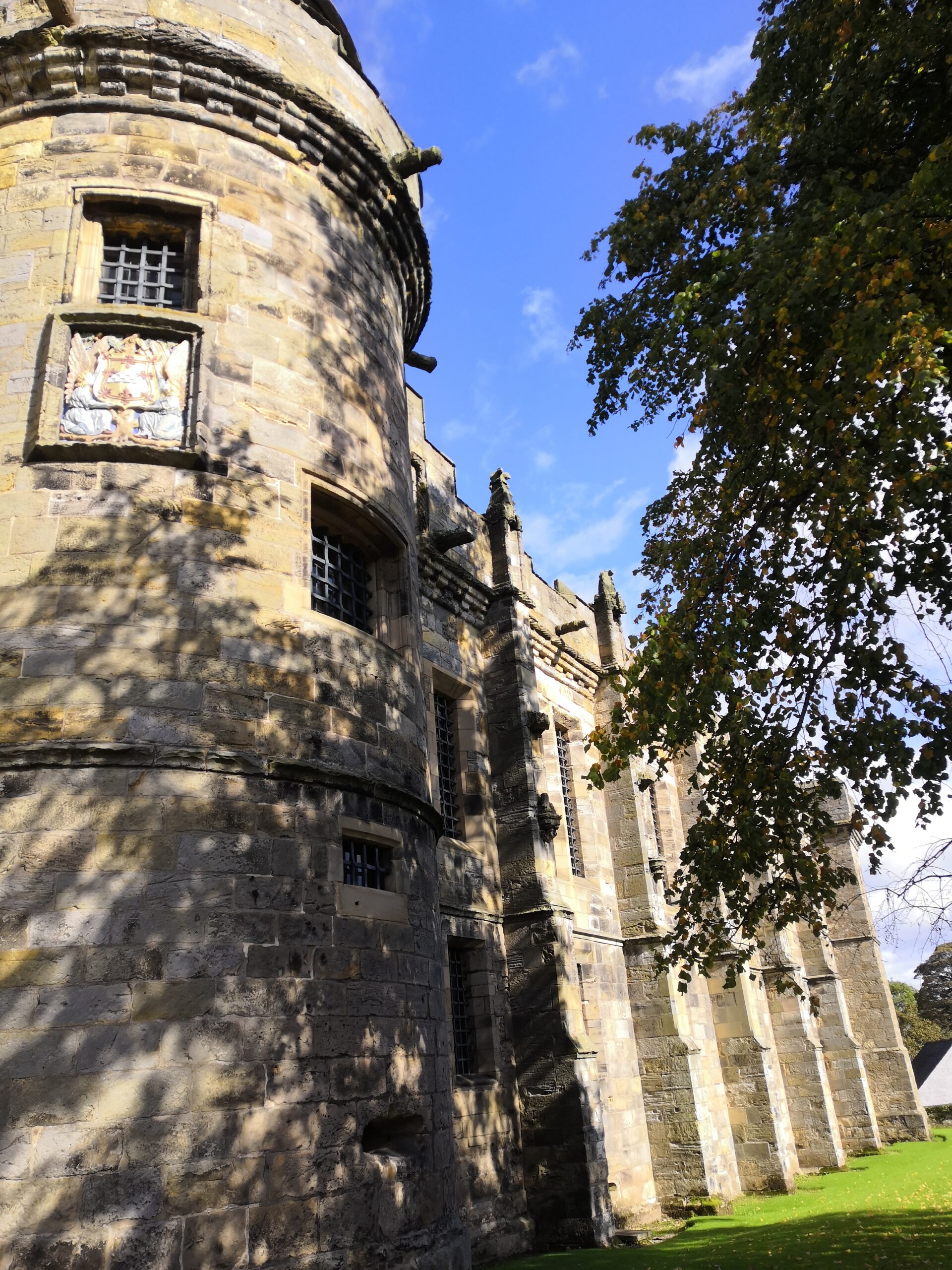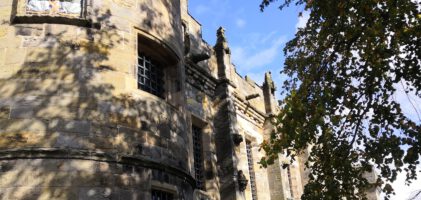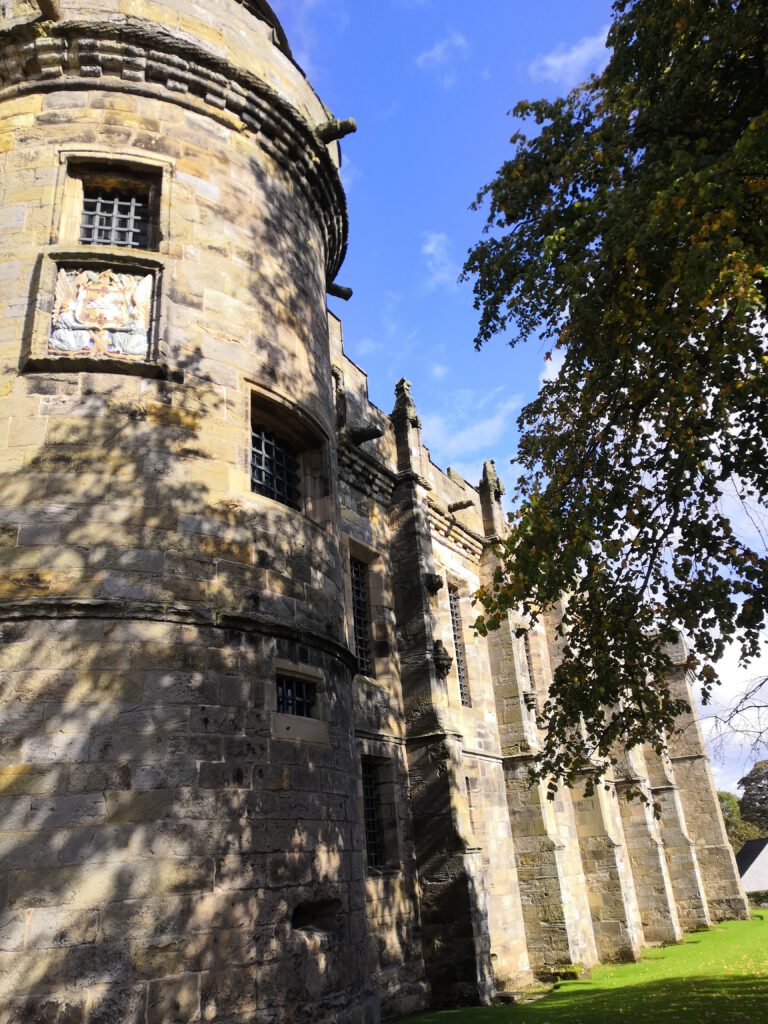
Once a royal country residence of the Stewarts for hunting deer and wild boar in the surrounding woodlands of Fife, Falkland Palace is now an uninhabited castle, partly still standing, partly ruined with wonderful wide gardens to lose yourself and all the problems of the world for a good while.
The Palace was built between 1501 and 1541 by James IV and his son James V, inspired by the grand chateaux of France, it offers some of the most exceptional architecture in Britain, at least compared with the time it was built in. As well as one of the only two 16th century tennis courts in Britain, it being the only surviving royal tennis court in the world, on which already Mary Queen of Scots enjoyed a good game.
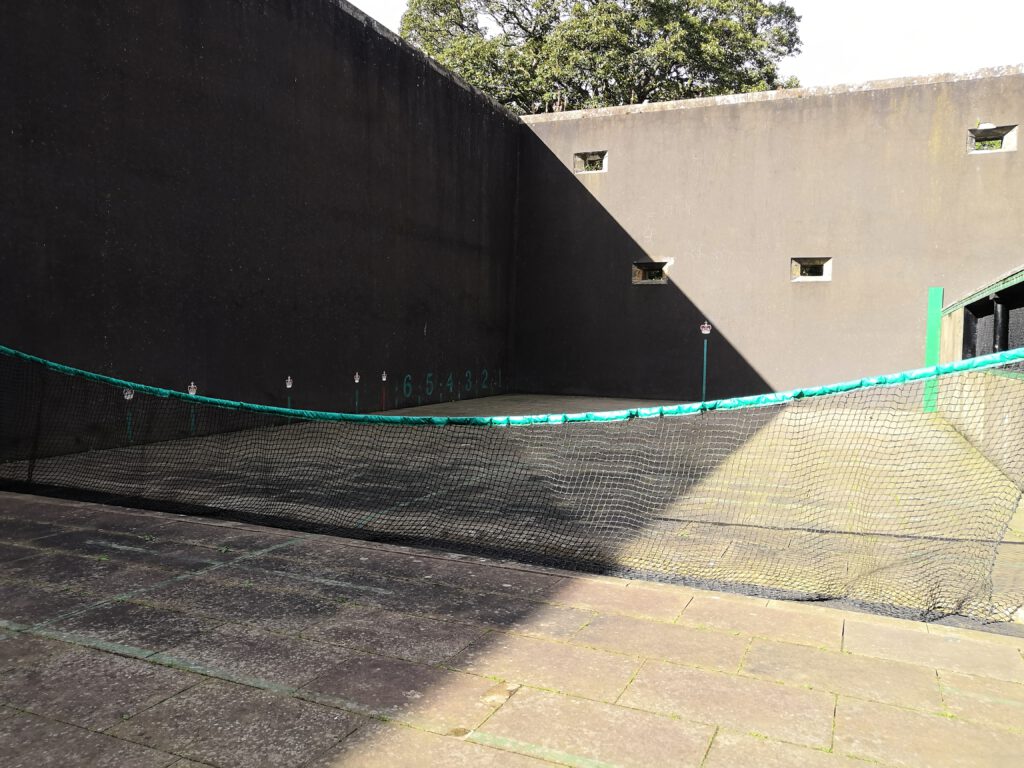
The famous Queen is said to have been enchanted with the palace and used it not just for a game of tennis but also as a base for falconry and hunting in the surrounding estate.
The surrounding orchards and gardens are nice to spend a walk in, they also consist of a living willow labyrinth and offer a wide diversity of flowers.
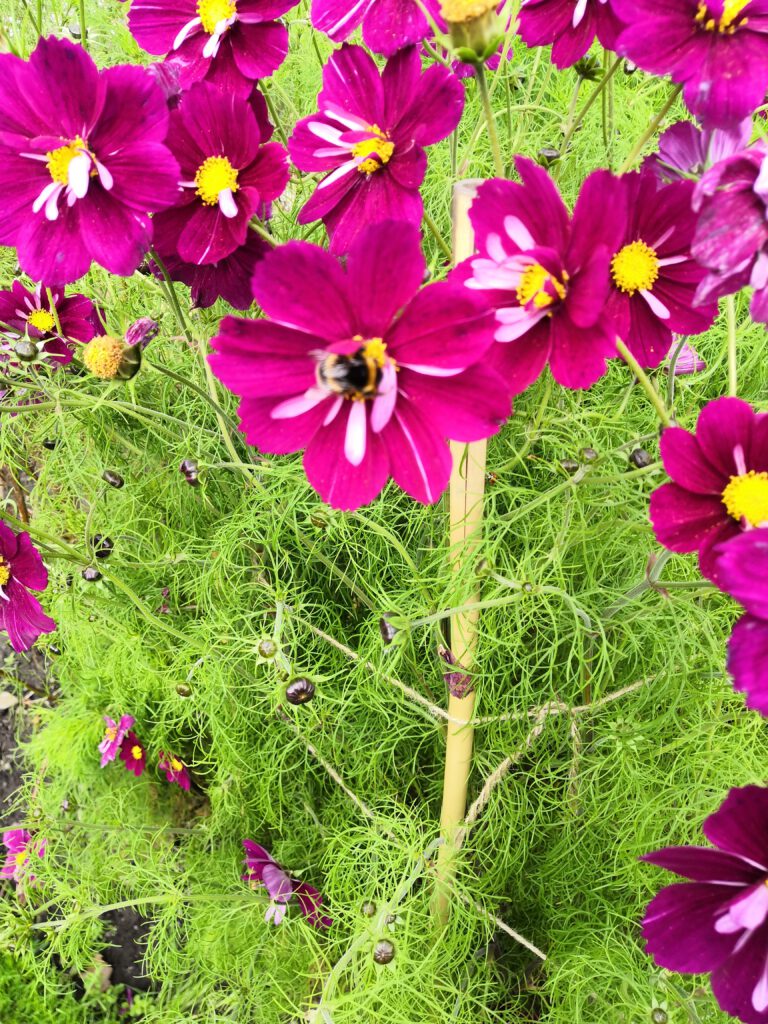
After falling in disrepair after 1660, Falkland Palace had a saviour coming along in the 19th century which played a big part in making it the place it is today. The 3rd Marquess of Bute with his passion gave the palace new life. The interior of the Palace with its wood panelling, painted ceiling and ornate carved furniture shows Bute‘s artistic vision for Falkland Palace, while keeping the historic aspect of this Renaissance palace and paying it homage in sticking to this style which kings and queens before him valued so much.
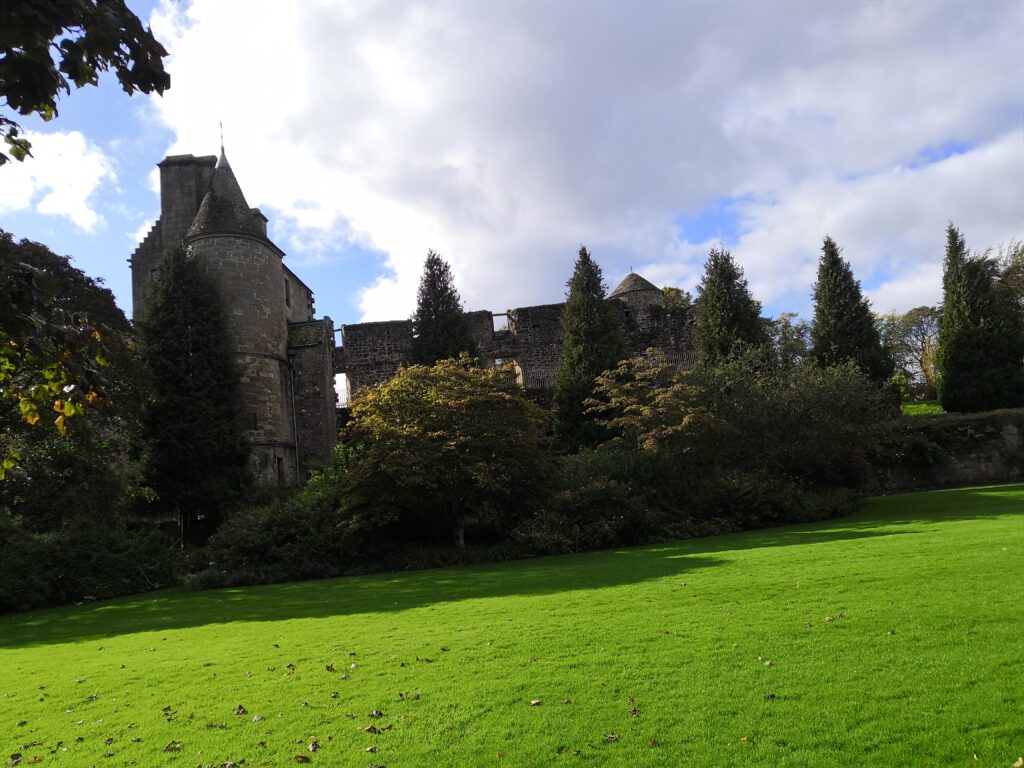
The beginning unknown
Falkland Palace might have been built by kings but even before the Palace there existed on the grounds was a hunting lodge possibly dating back to the 12th century, which has been expended in the 13th century. It was owned by the famous Clan MacDuff.
In 1371 however the peaceful years for this amazing space surrounded by woods and meadows was over when it was destroyed by an invading English army. And in 1402 Robert, Duke of Albany imprisoned the eldest son of King Robert and his own nephew David, Duke of Rothesay at Falkland Palace, the Duke of Rothesay eventually died alone in his room.
This was the beginning of the downfall of the Albany Stewarts.
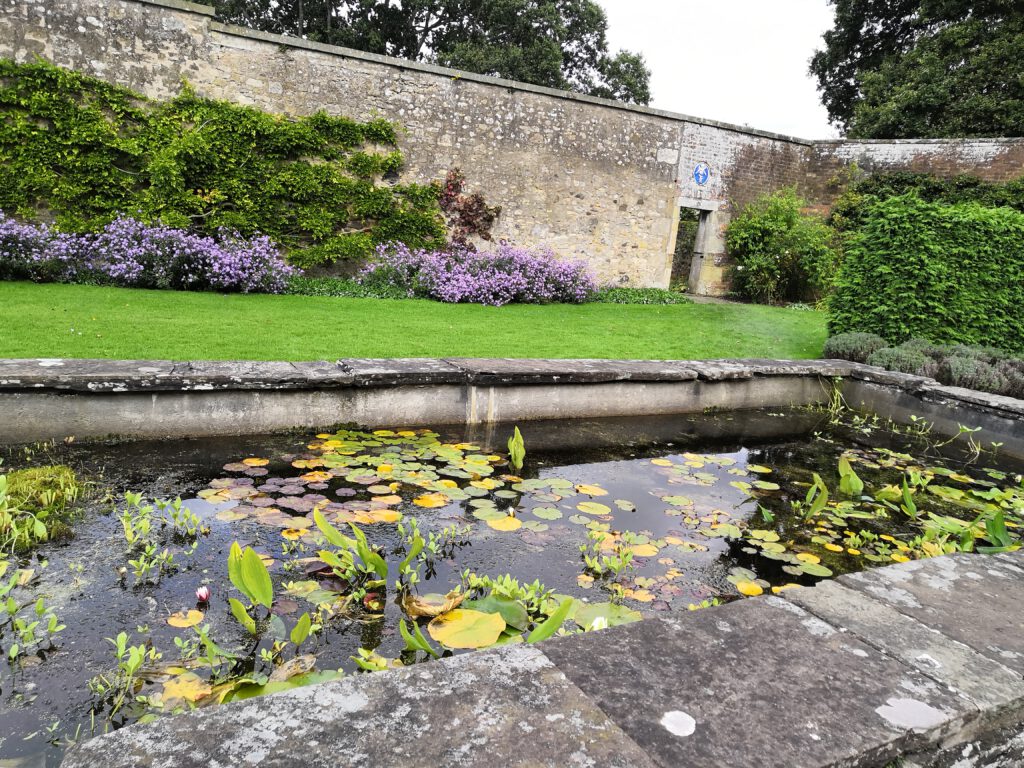
Transformation for the Royals
James III and his wife Margaret of Denmark came for visits and later between 1497 and 1541 both James IV and James V restored the Castle to the beautiful renaissance palace it is today.
While James V was just in his teens he was kept at the palace by the Earl of Angus, before he finally escaped to Stirling Castle, which was still held by his mother Margaret Tudor. It was him the future King James V who built the Royal Tennis Court on the castle grounds in 1541.
Years after that Mary Queen of Scots who was very fond of the game scandalised the people of Scotland by wearing not a dress but men’s breeches for playing tennis.
In 1542 James V took his last breath at Falkland Palace, where he lay in in the Chapel Royal for almost a month before it was transported to North Queensferry, on its way to Holyrood Abbey in Edinburgh.
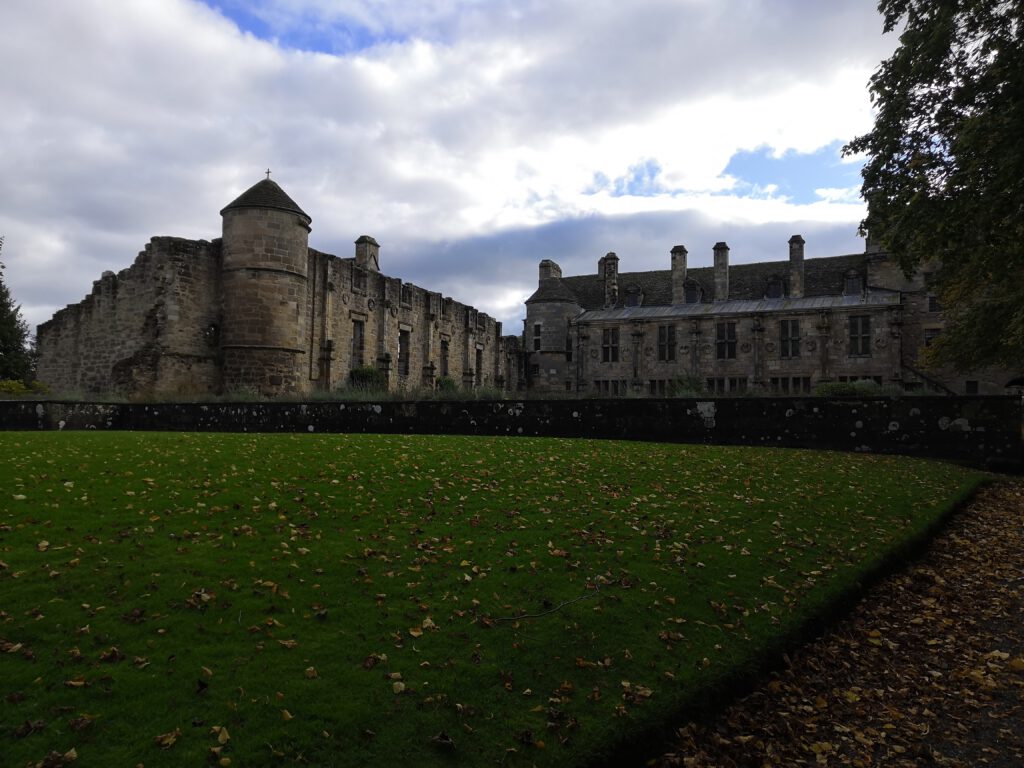
The King who united the crowns, at Falkland
King James VI of Scotland and I of England endured at Falkland Palace while the plague hit Edinburgh and a lot of other countries and cities in July 1585. In the following months and years, he often summoned ambassadors at Falkland Palace to discuss his marriage plans and possible marriage alliances.
When he finally married Princess Anne of Denmark Falkland was part of the “morning gift” to his young queen who was also Queen of England now.
During the reign of King James VI and his wife Anne of Denmark, Falkland Palace was in frequent use to entertain ambassadors, such as the Danish ambassadors Steen Bille and Christian Barnekow in 1594 when they arrived for the baptism of Prince Henry. The young prince’s baptism was held in Stirling Castle which usually would have led to the ambassadors being lodged at Holyrood Palace, but the Queen didn’t think Holyrood Palace was magnificent enough and Falkland Palace would be a way better choice.

Destroyed and rebuilt
During the Civil wars both Charles the I and Charles II stayed at Falkland Palace for a while. During the occupation by Cromwell’s troops a fire partially destroyed the Palace and following it quickly fell into ruin.
However, in the 19th century John, 3rd Marquis of Bute bought the estate and started to restore the Palace, which took about 20 years. Added to the restorations at the Palace itself the foundations of Falkland Castle and Palace North Range were rediscovered, and the gardens were redesigned.

The Gardens of Falkland Palace are home to many kinds of plants and animals. There are many projects in place to enrich the diversity of wildlife again and mainly help endangered bats and red squirrels get back their territory, saving them from extinction.
On the lower garden grounds, you can also find the Tennis Court on which already Mary Queen of Scots played.

